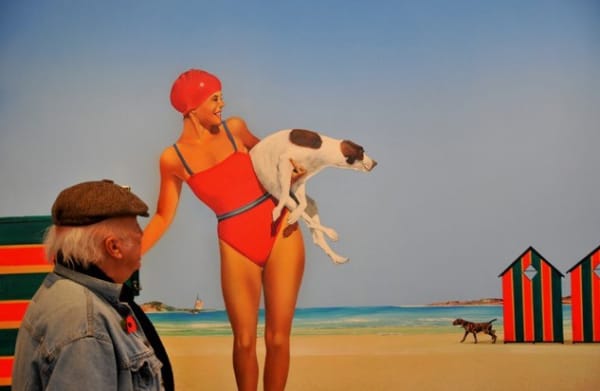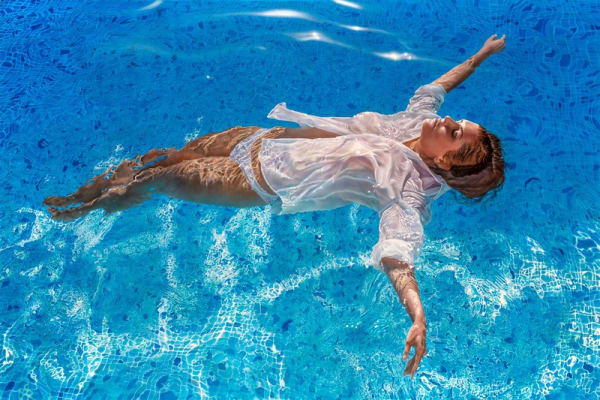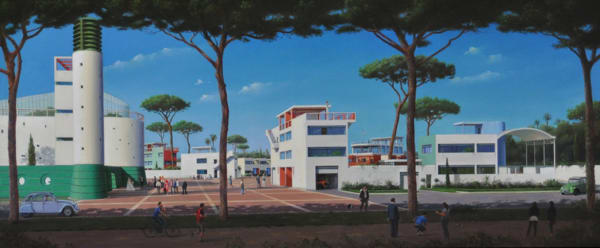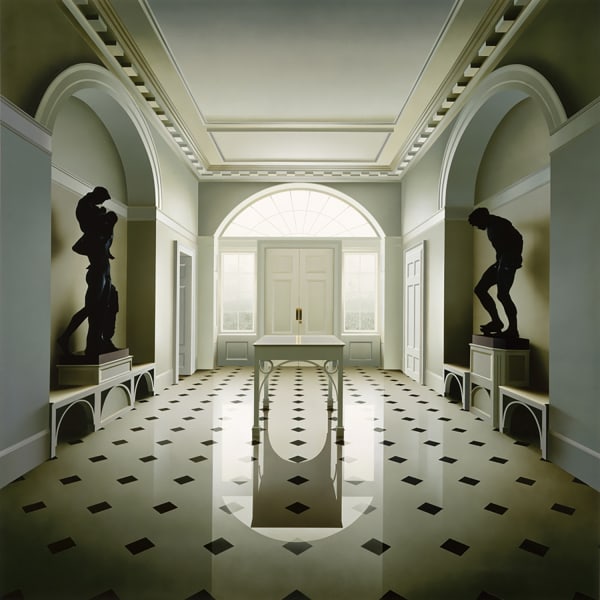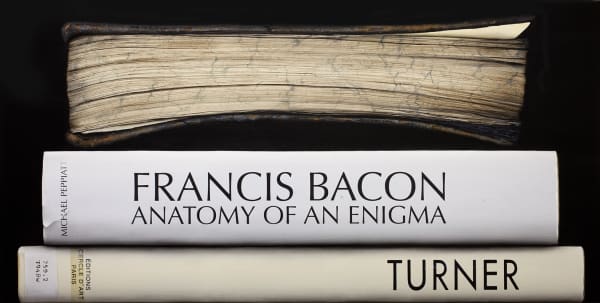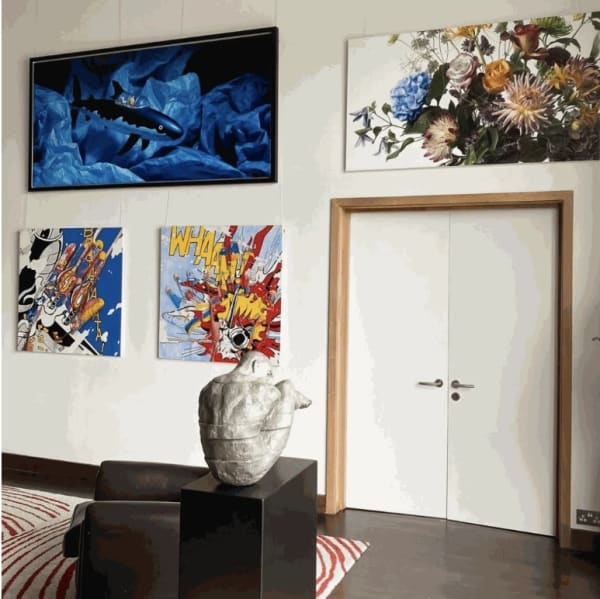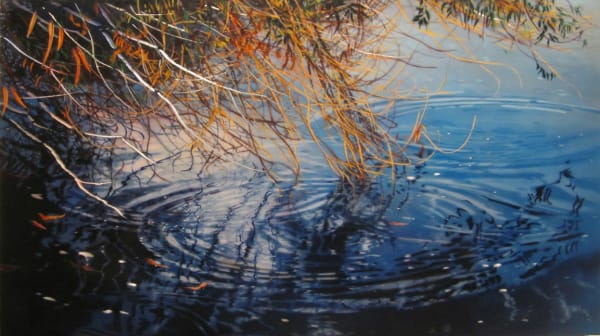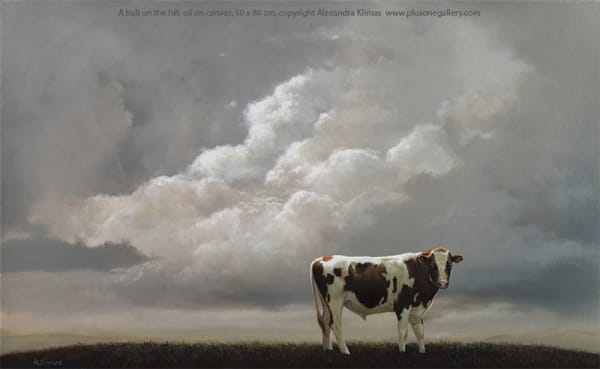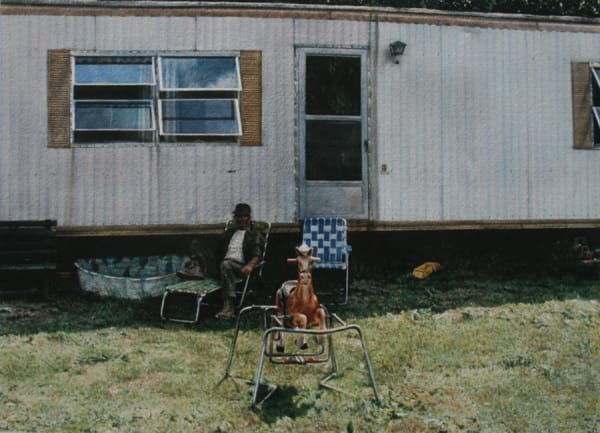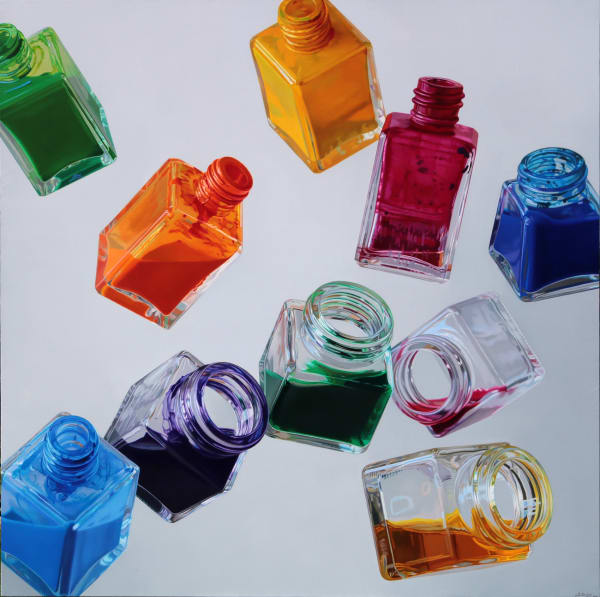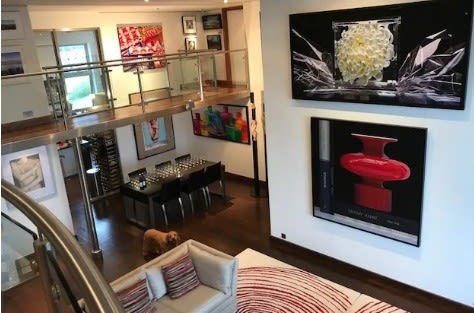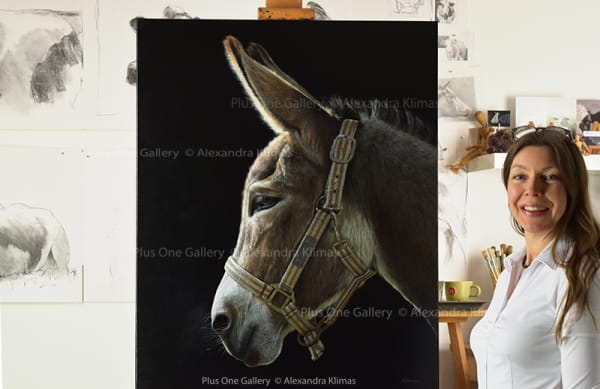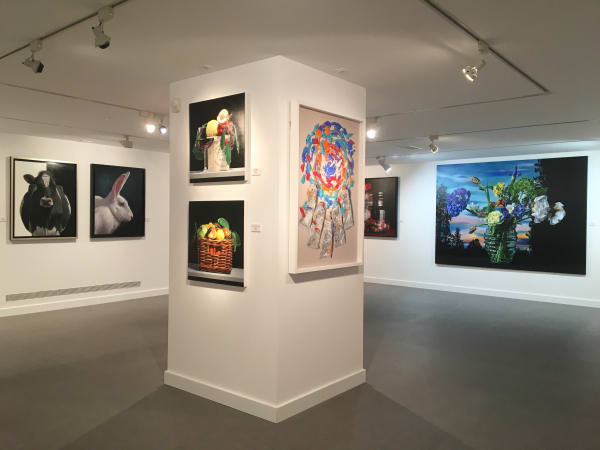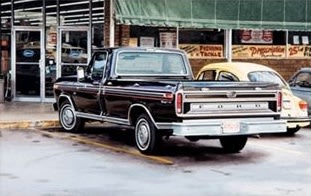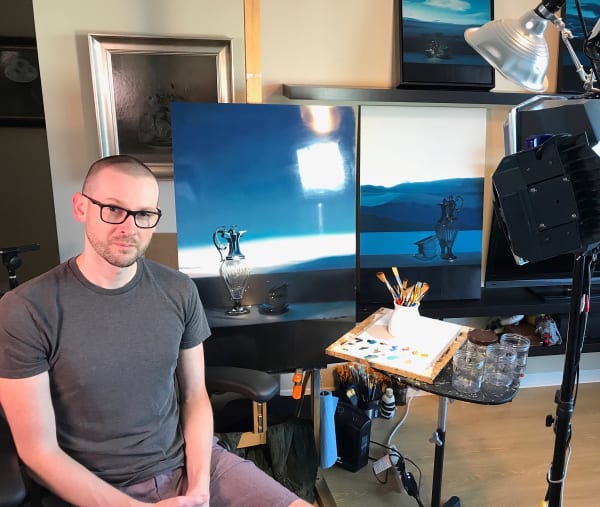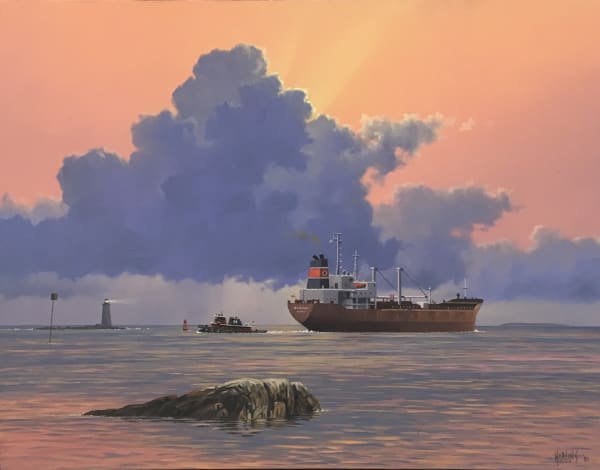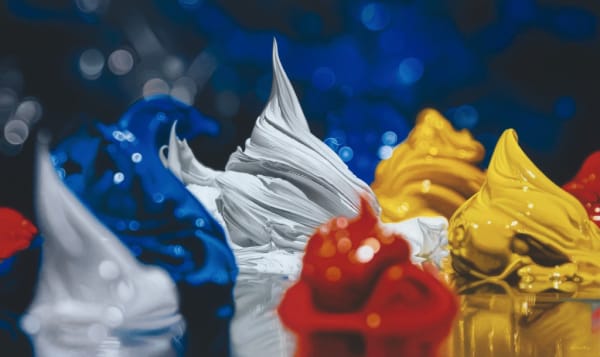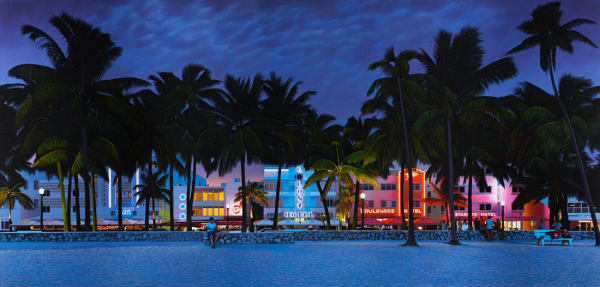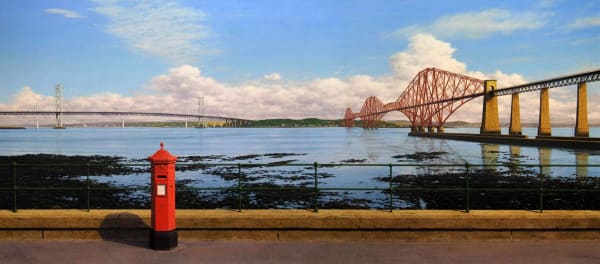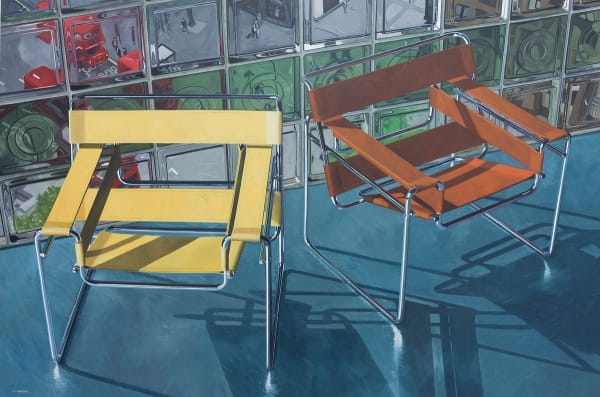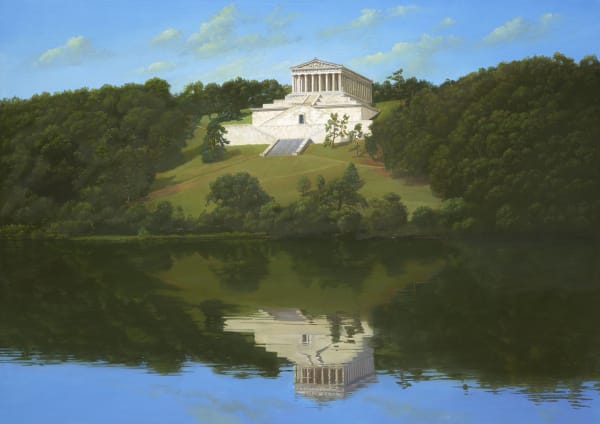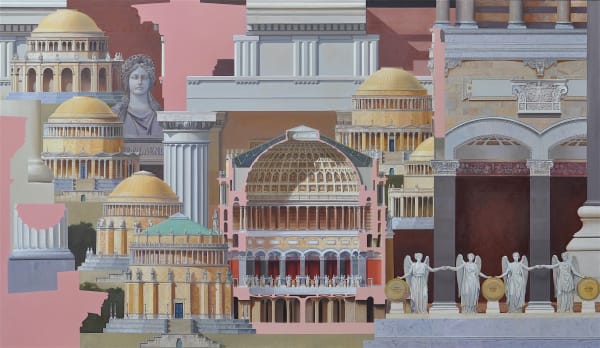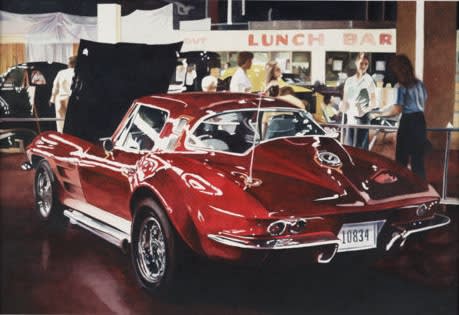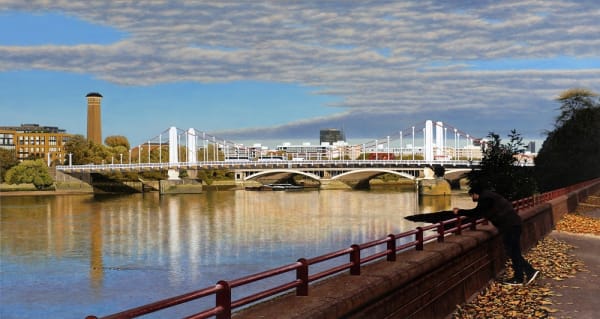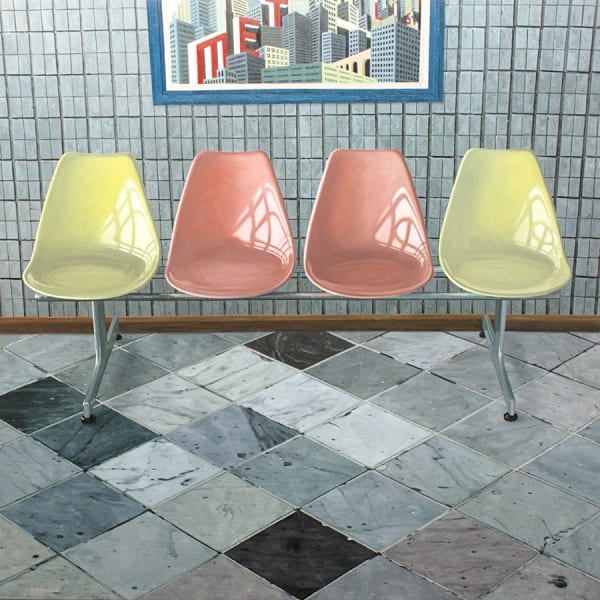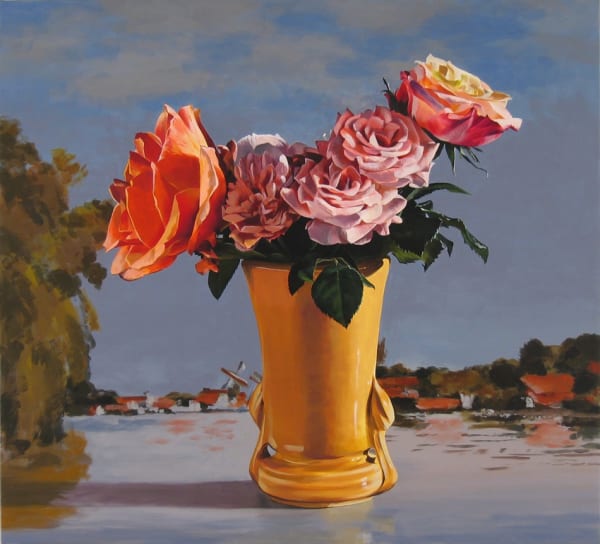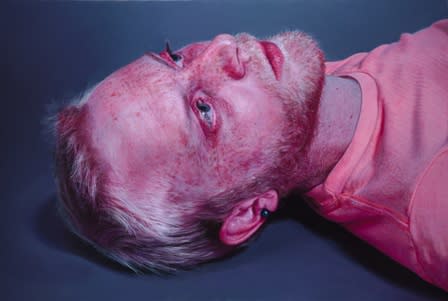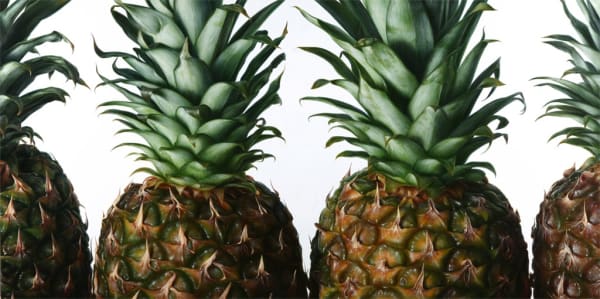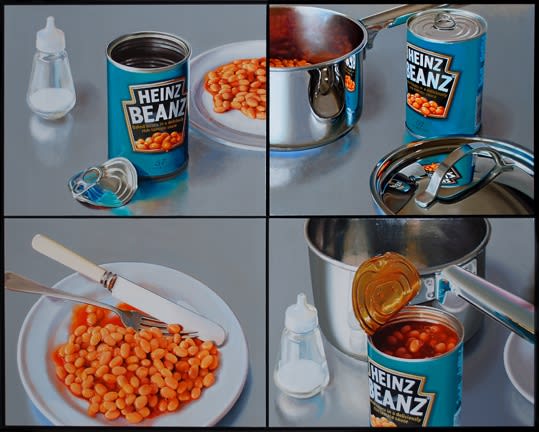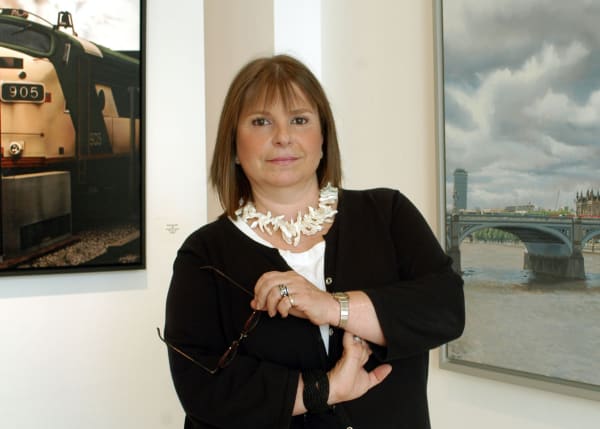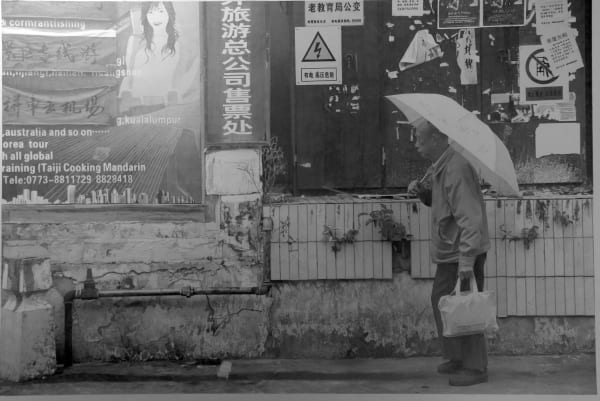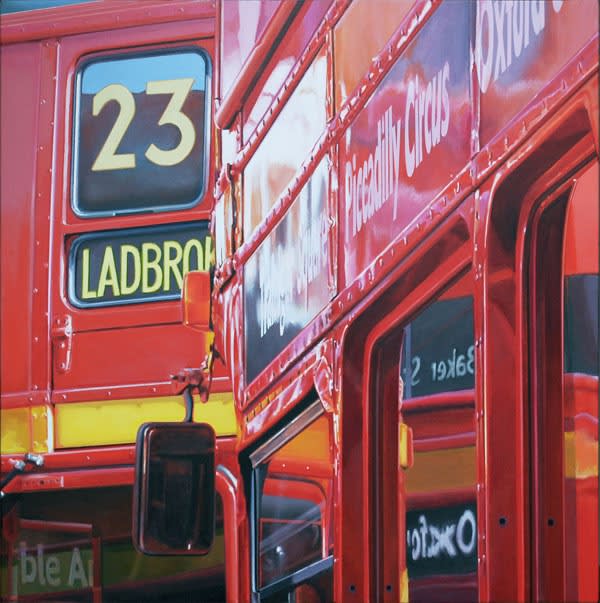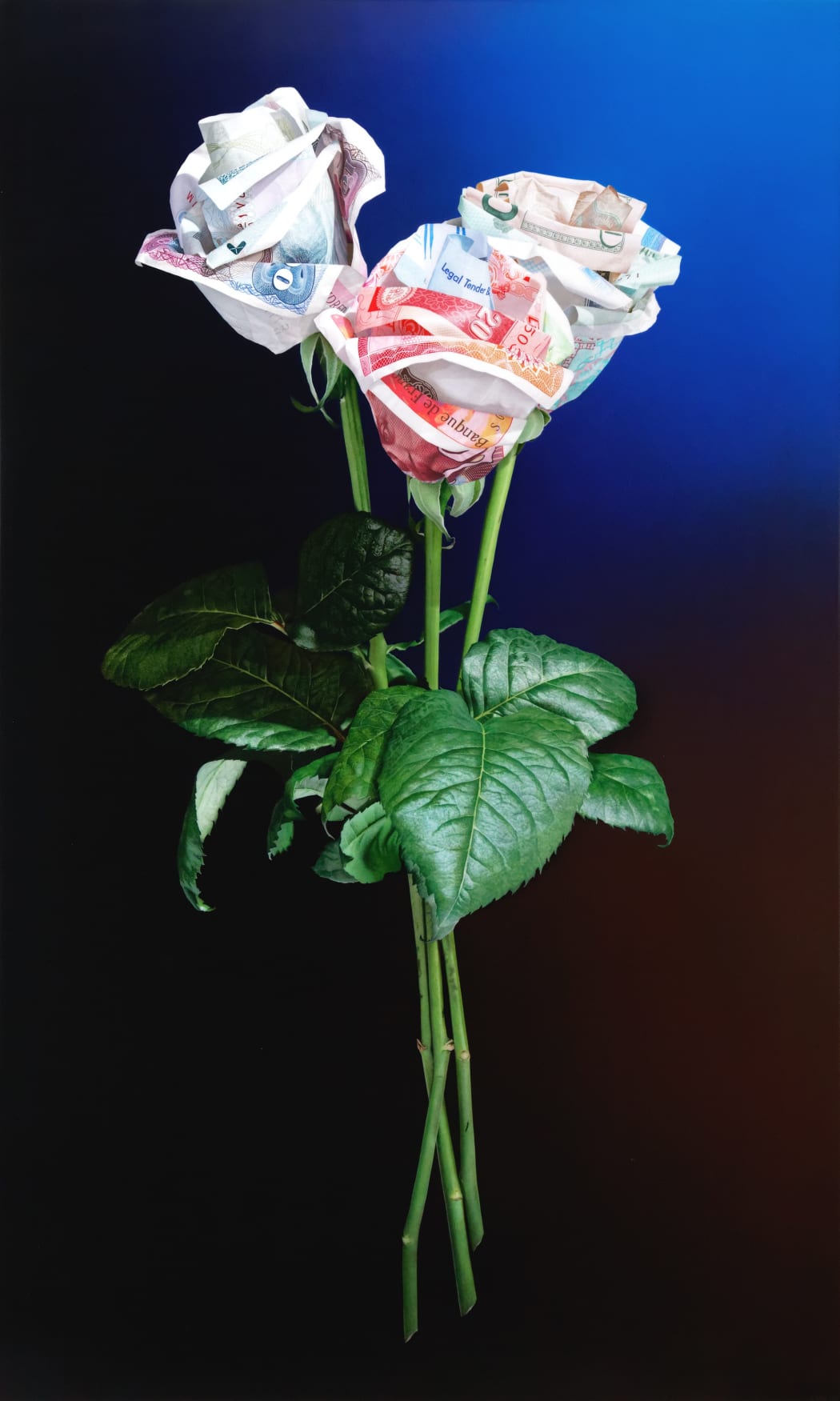

Collateral’ and ‘Collateral II’ both 115 x 105cm, Acrylic on aluminium composite panel
When did you become interested in Hyperrealism? How long have you been a hyperrealist artist?
I think the first time I was introduced to photorealism was when my college tutor showed me an image of a Chuck Close painting. I was making some work at the time, which was quite realistic and I wanted the painting I was making to resemble the photograph. I don't know why that was what I was aiming for, I think I just wanted it to look real, and at that time I saw a photograph as an accurate representation of reality.
I think it has been a good few years since I have referred to myself specifically as a ‘hyperrealist’. One reason for this is that I'm not entirely comfortable with using the term to describe my work. You can call it what you want, as the boundaries are very blurred. My interpretation of the term when referring to painting, is that the aims for a painting are to resemble a photographic source as closely as humanly possible. Those are not my aims at all. Of course the work could not be possible without the use of photographic sources, but there is more to it than that. My goals for a painting are to present an alternative solution to photography, in which the viewer can have a truer to life experience of a given subject.
What is your artistic process?
My process begins with an idea for a painting, my influences vary from a news article, to an opinion I have on a certain topical current affair, or even just a way I feel about life. Then after collecting various sources of reference material I begin to think about how I could explore the idea through painting, and from there comes some kind of imagery. Once I am happy with the drawing and layout, I then begin painting.

‘Economical Breakdown’, 120 x 100 cm, Acrylic on panel. ‘Frozen Assetts’, Acrylic on aluminium composite panel, 50 x 50 cm
What’s integral to the work of an artist?
I think an artist should attempt to find their own voice and be unique, which in turn will ultimately give them something that people can associate with only that one artist. A key issue which is prominent in today’s market (more so than in times of old) is the dependency an artist has on earning a living to support a particular lifestyle or an existence or family. Equally, it is important not to make too many decisions about the work based on sales, once an artist does that, they become complacent and slaves to a market and are no longer making art. When an artist is able to strike a balance and able to make the work they believe in, whilst being individual, and still having a level of sell-ability, then that is when they will thrive.
Your most recent works are very different to your earlier pieces. How has your work evolved?
My work has changed, make no mistake about that, but there remain some similarities. Aside from the obvious constants such as my colour palette or tonal backgrounds for my still life’s there are some underlying things that have remained that maybe go unseen. Initially my work was about my daily life, and my priorities in life, which were at that time as a young man, training, eating, painting. Looking back at it, life was simple, it isn't so hard to see why my subjects were as they were. In 2014 I began exploring the role that money and politics have on people’s lives the world over. But it is something that affects me too, just like it affects everyone else in this modern day society. As an artist particularly, there are a lot of uncertainties and my position in life now is much different to how it was ten years ago. As a husband, homeowner and a new father, there is a pressure to perform, to earn a living, be a role model and to be the breadwinner. It is a balancing act and a very challenging one to conquer. I think deep down the work now is just as much about my position in life as it was back then, even if it is shrouded with metaphors about world issues. So essentially nothing there has changed. At first glance, yes the work looks different, but what drives the work is the same.
You have talked about your most recent works being an exploration of the idea that we are controlled by money. Can you tell us a bit more about the ‘Makes the World Go Round’ series?
I think this series of paintings came about because of the metaphor and commonly used phrase, ‘money makes the world go round’ or other variations of it which all boil down to the same idea. The more I thought about it, the more it rang true, it does control us all to some extent in this modern world. I made two of these paintings for a show in New York in 2014, but have made more since then. I don't think they were ever intended as a series at all, it just turned out that way, they still seem relevant to me and I currently have two housed at Plus One Gallery.

From left. ‘The Nowness of Forever’, 150 x 105 cm,‘ Point of No Return’, 130 x 110 cm. Both Acrylic on aluminium composite panel.
How do you see your works developing in the future?
I think it is important that my work continues to make a steady progression in whichever way that may be. None of my influences in the art world come from realist painting at all. I’m remaining open to where it will all lead. In terms of the subject matter, I think the ideas as I have said behind the work will always be about telling my story to an extent, but I have no doubt that the imagery I use to do so will naturally evolve. Now that I am a father, my story has changed slightly more so it will be interesting to see if that is reflected in the work. I’d definitely like the work to become more ambiguous, less straight forward and generally something which more people feel able to engage with.
You have spoken before about how you like to distance your creative process from the restraints of a digital camera and instead use a range of sources in order to create the 3D illusion in your paintings. What is it about the use of a camera that you think would do your work an injustice?
For me the camera is a tool which helps me record information. At times there is no other way of recording that information for the things that I am painting. However, to rely solely on a singular photograph as a point of reference can surely only lead to (at best) a painting of equal merit. If that is the case, then why bother? For a painting to be worthwhile, I need to sidestep the flaws that a camera possesses. It is a machine after all not a human being and can only record information within a set of parameters, such as focal length, perspective or range of light. Where a camera cannot process detail due to lack of light, it will generate a black image, when in reality, if we were stood in a space with little light, after a while our eyes would adjust and we would see more than we thought we would be able to do. That is just a very simple example of how limited the camera is. I use it for what I need to use it for but it can’t give all the solutions. Nor should all the solutions be known quantities when the painting is begun, there has to be things which are worked out along the way.





